15 years one-stop China custom CNC machining parts factory

Hey there I’m VMT Sam!
With 25 years of CNC machining experience we are committed to helping clients overcome 10000 complex part-processing challenges all to contribute to a better life through intelligent manufacturing. Contact us now
 155 |
Published by VMT at May 17 2024
155 |
Published by VMT at May 17 2024
Introduction:
In the field of CNC machining part manufacturing, metal plating surface treatment is a crucial technology that can improve the surface performance of metal parts, enhancing their corrosion resistance, wear resistance, aesthetics, and conductivity. This article provides a comprehensive overview of metal plating surface treatment, including its basic principles, steps, common types, advantages and disadvantages, applications, and considerations, aiming to help readers choose the most suitable plating process for their custom parts.
What is Metal Plating Surface Treatment?
Metal plating surface treatment is a surface treatment technology that covers the surface of metal substrates with a thin metal layer through an electrolytic process. This thin metal layer can improve the surface performance of metal parts to meet various specific requirements.
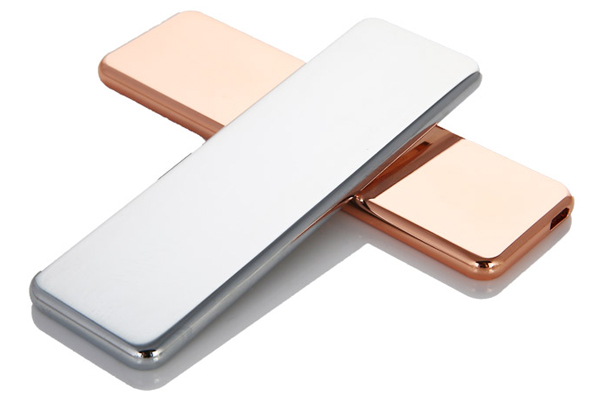
Basic Principles of Metal Plating Surface Treatment:
The basic principle of metal plating surface treatment is to use electrolysis to deposit a layer of metal ions from a metal-containing salt solution onto the surface of the substrate metal. This process occurs when the substrate metal acts as the cathode, and metal ions in the plating solution are reduced and deposited onto the substrate surface to form a plating layer. This process requires specific parameters such as current density, temperature, and electrolyte composition to achieve the desired plating thickness and properties.
Steps of Metal Plating Surface Treatment:
Pre-treatment: Pre-treatment is a critical step in metal plating surface treatment, involving degreasing, rust removal, activation, etc., to remove impurities such as oil, rust, and oxide film from the metal surface and improve the adhesion between the plating layer and the substrate.
Verification of Cleaning Process Effectiveness: After pre-treatment, it's essential to confirm the effectiveness of the cleaning process to ensure that the metal surface is clean and free from impurities, providing a good foundation for the subsequent plating process.
Setting Up Plating Station: Depending on the selected plating type and process requirements, set up the plating station, including plating tanks, power sources, electrodes, etc.
Plating Process: Place the pre-treated metal parts into the plating tank, turn on the power, and start the plating process. During plating, parameters such as current density, temperature, and time need to be controlled to achieve the desired plating layer quality and properties.
Post-treatment Process: After plating, post-treatment processes such as cleaning, drying, passivation, etc., are carried out to improve the corrosion resistance and aesthetics of the plating layer.
Waste Treatment: Proper treatment of waste liquid and residues generated during the plating process is necessary to prevent environmental pollution and resource waste.
Standard Industrial Metal Plating Surface Treatments:
Galvanization: Galvanization is a common metal plating surface treatment that improves corrosion resistance and wear resistance by covering the metal surface with a layer of zinc. The galvanized layer has good adhesion and ductility, suitable for corrosion protection of various metal parts.
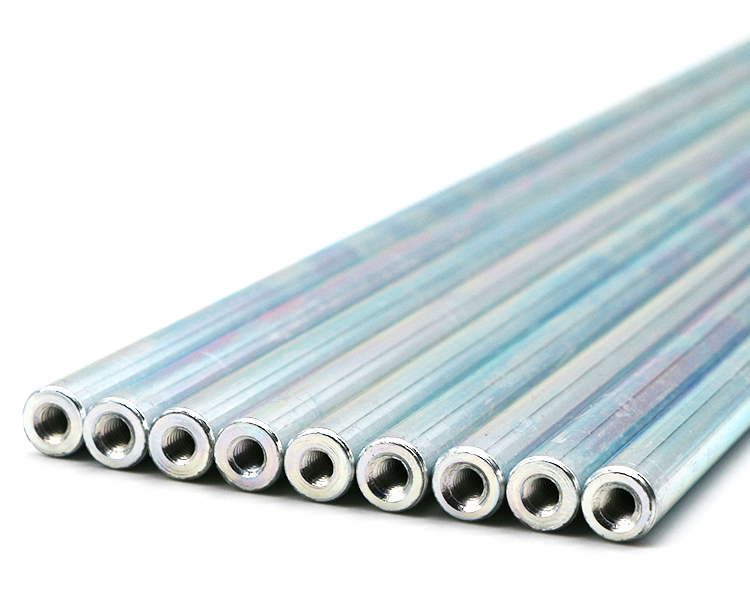
Chromium Plating: Chromium plating is a highly decorative and functional metal plating surface treatment. The chromium layer has characteristics such as high hardness, wear resistance, corrosion resistance, and good reflectivity, commonly used in the decoration and protection of vehicles such as cars, motorcycles, bicycles, etc.
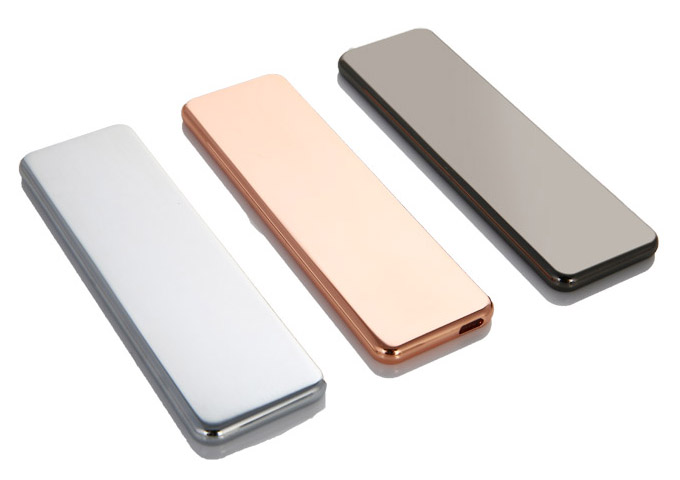
Copper Plating: Copper plating is a metal plating surface treatment with excellent conductivity. The copper layer has good conductivity and thermal conductivity, suitable for metal parts processing in the electronics and electrical industries.
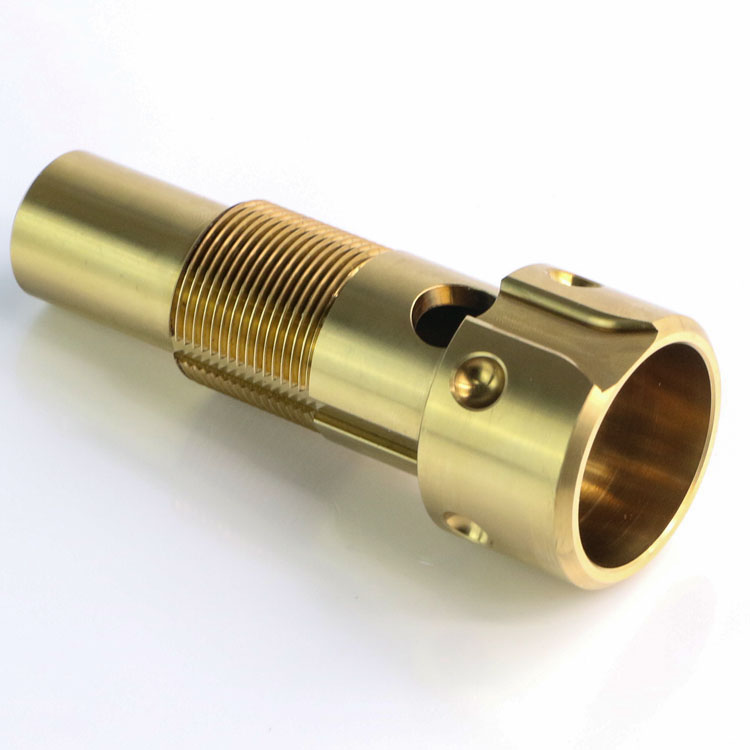
Nickel Plating: Nickel plating is a metal plating surface treatment with good corrosion resistance. The nickel layer has excellent corrosion resistance, wear resistance, and weldability, commonly used in aerospace, electronics, chemical industries, etc.
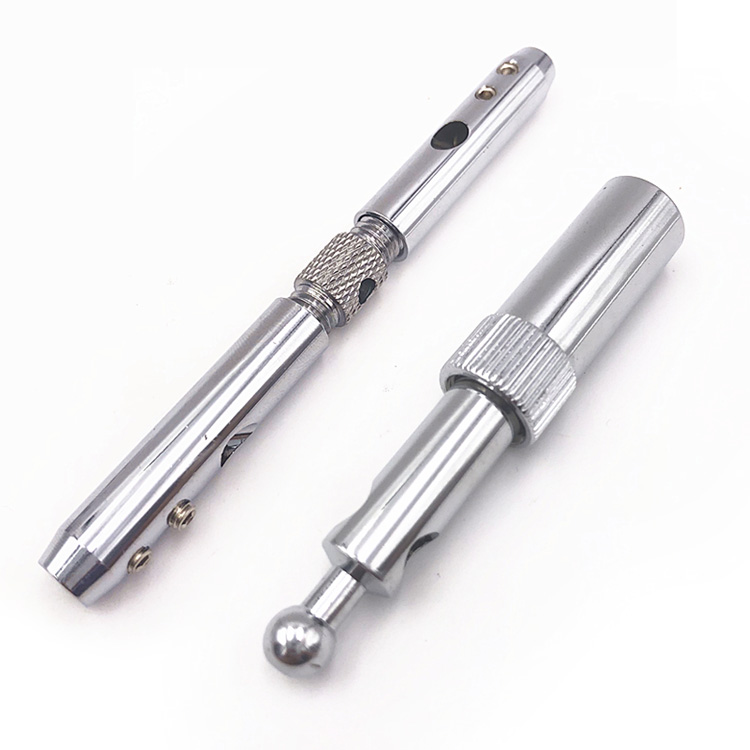
Gold Plating: Gold plating is a decorative and conductive metal plating surface treatment. The gold layer has excellent stability and oxidation resistance, commonly used in jewelry, electronic devices, etc.
Silver Plating: Silver plating is a metal plating surface treatment with excellent conductivity and reflectivity. The silver layer has excellent electrical and optical properties, suitable for metal parts processing in the electronics, optics, etc.
Different Metal Plating Technologies:
Electroplated Metal Coating: Electroplated metal coating is a technology that forms a uniform and dense metal plating layer on the metal substrate surface through an electrolytic process. This technology can choose different metals as plating materials according to requirements to meet different performance requirements.
Electroless Metal Plating Surface Treatment: Electroless metal plating surface treatment is a metal surface treatment technology that does not rely on an external power source. It forms a metal plating layer on the metal substrate surface through chemical reactions. This technology has the advantages of simple operation and low cost, but the quality and performance of the plating layer may be slightly inferior to electroplating technology.
Immersion Metal Plating Surface Treatment: Immersion metal plating surface treatment is a technology that immerses metal parts in a solution containing metal salt for electroplating treatment. This technology can achieve large-area, high-efficiency plating treatment, but attention needs to be paid to controlling parameters such as solution concentration and temperature.
Advantages and Disadvantages of Metal Plating Surface Treatment:
Advantages:
Improves the surface performance of metal parts, enhancing corrosion resistance, wear resistance, aesthetics, and conductivity.
Can choose different metals as plating materials according to requirements to meet different performance requirements.
The plating layer is uniform, dense, and has good adhesion and ductility.
Disadvantages:
Waste liquid and residues generated during the plating process may cause environmental pollution.
The plating process consumes a large amount of electricity and water resources.
The quality and performance of the plating layer are affected by various factors such as current density, temperature, time, etc., which need to be strictly controlled.
Applications of Metal Plating Surface Treatment:
Metal plating surface treatment has extensive applications in various fields, including but not limited to:
Automotive Manufacturing: Galvanization, chromium plating, etc., are commonly used for corrosion protection and decoration of automotive bodies and components.
Electronics and Electrical: Copper plating, nickel plating, etc., are widely used to improve conductivity and corrosion resistance in the electronics and electrical industries.
Aerospace: Nickel plating, chromium plating, etc., are used to improve the corrosion resistance and wear resistance of metal parts in the aerospace industry.
Hardware Products: Various metal plating surface treatments are used for decoration and corrosion protection of hardware products such as locks, handles, and decorative parts.
Jewelry Industry: Gold plating, silver plating, etc., are used to improve the luster and durability of jewelry.
Your Expert in Metal Surface Treatment Solutions:
As experts in the field of CNC machining, we provide one-stop metal plating surface treatment solutions. With advanced plating equipment and a professional technical team, we can customize the most suitable plating treatment solutions according to customer requirements. We focus on environmental protection and sustainable development, adopting advanced waste treatment technologies to ensure the environmental friendliness of the production process.

Considerations for Metal Plating Surface Treatment:
Choose the appropriate plating process based on the material of the parts, performance requirements, and cost budget.
Strictly control process parameters: Process parameters such as current density, temperature, and time during plating have a significant impact on the quality and performance of the plating layer and need to be strictly controlled.
Ensure the quality of plating solution: The quality and concentration of the plating solution directly affect the quality and performance of the plating layer and need to be regularly tested and replaced.
Pay attention to environmental issues: Proper treatment of waste liquid and residues generated during the plating process is necessary to prevent environmental pollution.
FAQs about Metal Plating Surface Treatment:
Q: What causes bubbles or spots in the plating layer?
A: It may be caused by impurities in the plating solution, excessive current density, or surface oil contamination on the parts.
Q: What to do if the plating layer thickness is uneven?
A: You can improve it by adjusting the current density, agitating the plating solution, or changing the electrode position.
Q: What to do if parts discolor or corrode after plating?
A: It may be due to poor plating layer quality or improper post-treatment processes, requiring inspection of the plating process and post-treatment processes.
Conclusion:
Metal plating surface treatment is an important technology for improving the surface performance of metal parts, enhancing their corrosion resistance, wear resistance, aesthetics, and conductivity. Choosing the appropriate plating process and strictly controlling process parameters are key to obtaining high-quality plating layers. As experts in the field of CNC machining, we provide one-stop metal plating surface treatment solutions, dedicated to providing customers with high-quality plating services. At the same time, we focus on environmental protection and sustainable development, ensuring the environmental friendliness of the production process.
Ready To Start Your Next Project?
Get Instant Quote

Request a Free Quote
Send us a message if you have any questions or request a quote. We will get back to you ASAP!